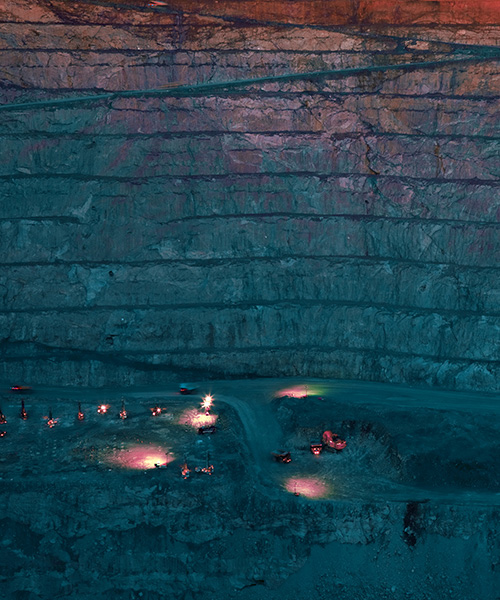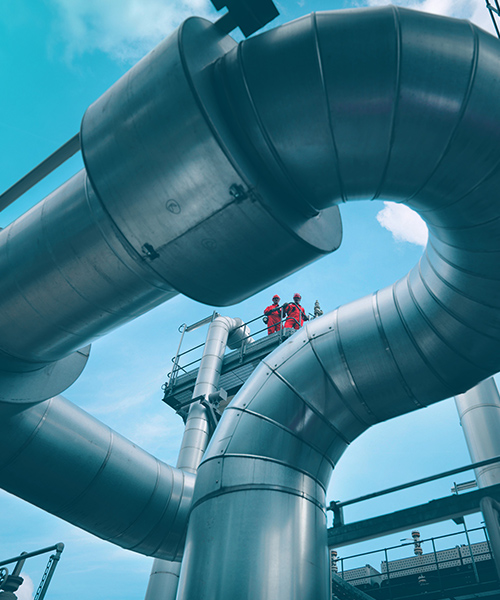Mining has depended on human-operated equipment for centuries. How can mine owners enable autonomous machines to do the same job better?
“We believe in a fully integrated approach to automation that considers everything from the cultural change of having fewer people on site to where to position sensors on autonomous equipment,” says Jerry Rolin, Technical Director for Telecommunications, IIoT and Networks.
“This avoids common pitfalls, like when people aren’t adequately trained to troubleshoot autonomous equipment or where telecommunications infrastructure can’t support a fleet of autonomous vehicles.”
But making an automation solution work is more challenging than it appears.
Making the automation process easier
“That’s why we created NeXT Autonomous,” continues Rolin. “It makes the automation process easier for miners by providing all the necessary infrastructure and automation expertise to make automation projects run smoothly from the beginning.
“We start by understanding our customers’ drivers, such as improving safety, reducing personnel support costs, or improving productivity. Then we design an automation strategy that achieves miners’ goals, with low operational and capital costs.”
As projects move from concept to design, the focus shifts to connectivity across a mine site.
Keeping autonomous equipment connected
The next step in a mining automation project is the most important part of the NeXT Autonomous offering.
“When people think about an automated mine, they often picture enormous mining trucks and diggers operating all day and night without a driver,” says Rolin. “But it’s the telecommunications infrastructure that makes this possible.
“We use a range of technologies to provide connectivity with the autonomous fleet of equipment, including industrial grade wireless networks, object avoidance and detection systems and global positioning systems (GPS).”
These systems work in tandem to enable equipment operating in any part of a mine to remain connected, without a human operator as back up.
“The key to this connectivity is what we call long term evolution (LTE) network,” continues Rolin. “This is an industrial wireless network that covers the entire area of plant and mining operations, tethering each machine to the central system that controls their movements and provides the operations center with a view of where each machine is.
“This connectivity must be everywhere in a mine; from mine faces hundreds of meters beneath the surface to above-ground processing plants. An automated fleet depends on the quality of this connection because losing contact with driverless equipment isn’t an option in a safety-critical operation.”
Measuring results to make automation systems more efficient
Rolling out an automation solution is not the end of a mining automation project. NeXT Autonomous also covers operational performance.
“It’s just as important to assess how an automation solution is performing, to make sure it delivers the expected benefits,” he says. “A truly holistic approach to automation doesn’t end on day one, because new processes are rarely perfect from the outset. And just because a fleet is driven by computers, doesn’t mean it’s immediately optimized for the specific considerations of each mine site.
“In cases where automation performance falls short of quantifiable targets, we work with remote operators and equipment manufacturers to optimize both the systems and the autonomous equipment to improve safety and productivity.”
Enabling the mines of the future with NeXT Autonomous
Rolin believes a holistic approach is the biggest determinant of a successful automation project.
“The best equipment in the world won’t work if it’s not connected to the network. And any number of sensors won’t benefit a mine owner struggling with incompatible operating systems. With NeXT Autonomous, we’re helping miners avoid these frustrating situations that undermine their investments.
“By approaching automation in this integrated way – with all the required infrastructure – miners can focus on extracting raw materials more efficiently for longer periods and redeploying their on-site operators to higher value roles,” Rolin says. “This is an opportunity to increase production of critical materials and improve returns to shareholders.”




